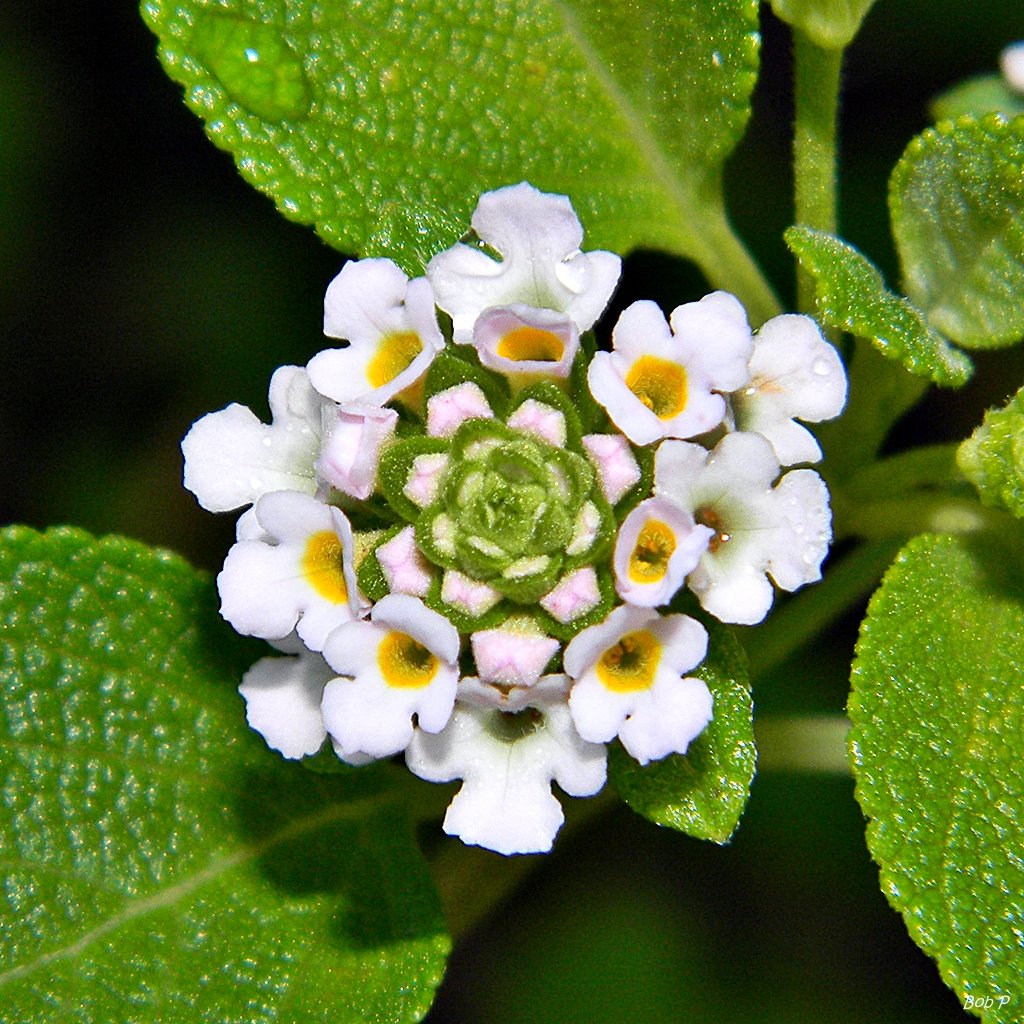Enticing Entryways Contain Color, Fragrance
Almond Bush/Aloysia Virgata
April 7, 2019
I don’t know why entryways tend to be formal and monochromatic. Entryways should have the same requirements as any wonderful garden: color, texture, height variation and especially fragrance. There’s nothing more inviting to friends and family than a sweet-smelling courtyard or just some lovely, colorful flowers.
I’m all about native plants, but I have found many valuable exceptions. I have two plants of sweet Almond Bush, Aloysia virgata, growing on either side of the entrance to our courtyard. These are not natives, but the fragrance is so heavenly and the lure for pollinators is so strong that I’m happy to have them. Atala butterflies, along with hairstreaks, crescents and blues are attracted to the lovely spikes of intensely fragrant pure white flowers. This is a fast-growing 8- to 10-foot shrub that needs full sun for optimal flowering and looks wonderful near a wall or next to a walkway where its fragrance can be fully appreciated. Occasional pruning will help maintain a more compact canopy, but it is lovely as a graceful, airy, freestanding specimen. Drought tolerant and not fussy as to soil, this makes an excellent addition to any sunny garden.
Lady of the Night/Brunfelsia Americana
Another wonderful plant for fragrance is Brunfelsia Americana, or Lady of the Night. This small shrub produces clusters of bright white flowers over mounds of dark green glossy foliage. The heady perfume is strongest at night, making it a delight to walk past in the evening. Happy in sun or part shade, this will reach a height of 4-5 feet with a slightly smaller width. The fragrance is quite simply, intoxicating.
But we really need to plant natives for sustainable ecosystems, so here are a few more to add color and interest. Necklacepod, Sophora Tomentosa, is a delightful member of the pea family; those of you who have grown snow peas will instantly recognize the similarity in the golden yellow flowers. This is a showy, multi-stemmed shrub from 5 to 8 feet with long spikes of sparkling yellow flowers that hummingbirds and butterflies cannot resist. The young leaves provide larval food for the Martial Scrub-Hairstreak. With foot-long, pinnately compound leaves, this has an almost fernlike appearance; the velvet gray new growth has a silvery tint. Its salt and drought tolerance make it a perfect candidate for coastal plantings, and its bright, cheerful year-round color deserves a place in any sunny garden.
Spiderwort/Tradescantia Ohiensis
One of my favorite natives for sun or part shade is Tradescantia ohiensis, the charming spiderwort. Don’t let the common name put you off — this has nothing to do with spiders or warts. This lovely, low-care drought-tolerant gem of a plant forms airy grasslike clumps of foliage topped with tall spikes of beautiful three-petaled lavender blue flowers with bright yellow stamens. This works well as a ground cover or low border plant, but I love it added to an empty place in the garden where it adds a brilliant spot of color.
Wild Sage/Lantana Involuncrata
Wild sage, Lantana involucrata, is another Florida native that should be more widely cultivated. The lovely clusters of small white fragrant flowers have yellow centers and are tinged with violet on the edges. These are a favorite nectar source for butterflies and hummingbirds. This is a terrifically tough plant, resistant to drought and salt; it is found on beach dunes and in pinelands in the wild. While it can grow to 4 feet, occasional pruning will keep it compact and bushy. Do not confuse it with the exotic Lantana camara, which has yellowish red flowers and is invasive and poisonous.
Sweet Scent/Pluchea Odorata
Finally, I want to mention sweetscent, Pluchea odorata, a native in the aster family with soft clusters of fragrant pink flowers that attract numerous butterflies. This plant has all the attributes of a great garden specimen: it’s fast-growing, salt tolerant, not particular as to soil or moisture, and sports spicy aromatic leaves and flowers; but it has never received much attention. Growing to 3 feet in full sun, it works well as a border plant or nestled near milkweed to provide color after the monarch larvae have consumed their hosts. Also called fleabane, it has been used medicinally and was placed in bedding to prevent fleas.
The Preservation Foundation recently presented an important lecture on the impact of butterfly and pollinator gardens. The bottom line is that every landscape really does matter and everything we plant is critically important to maintaining healthy ecosystems in our environment. Eighty percent of flowering plants depend on insect pollinators, which ensure food in the form of fruits and seeds. Without insect pollinators, agriculture, the second-largest industry in Florida (after tourism) would fail.
The native plants that host pollinators require less maintenance, less water, no pesticides or fertilizer, and will add beauty and interest to your gardens as well as much needed habitat for wildlife. Let’s all add a few natives to our gardens; every plant counts!
— Kim Frisbie
Original article on the Palm Beach Daily News is HERE.





